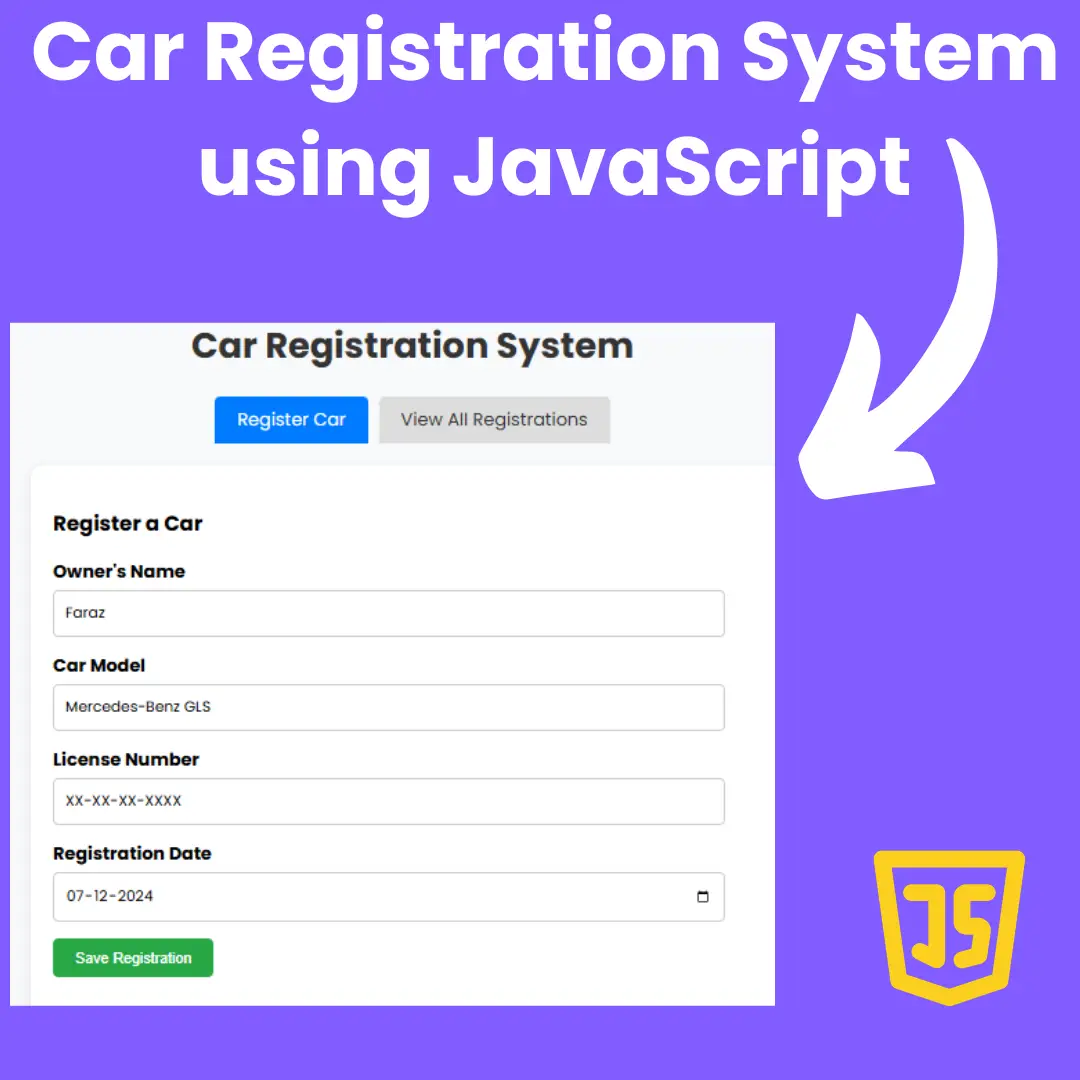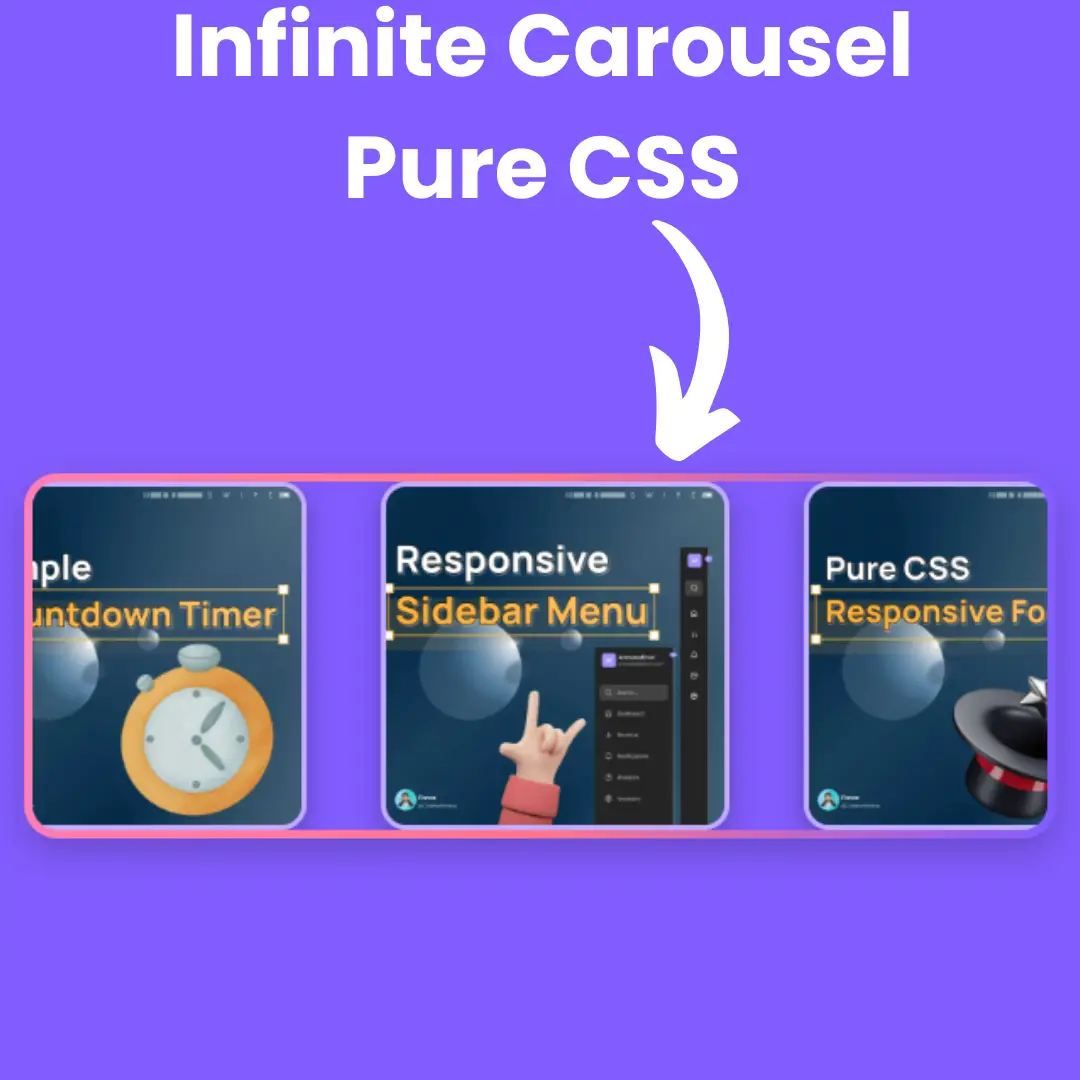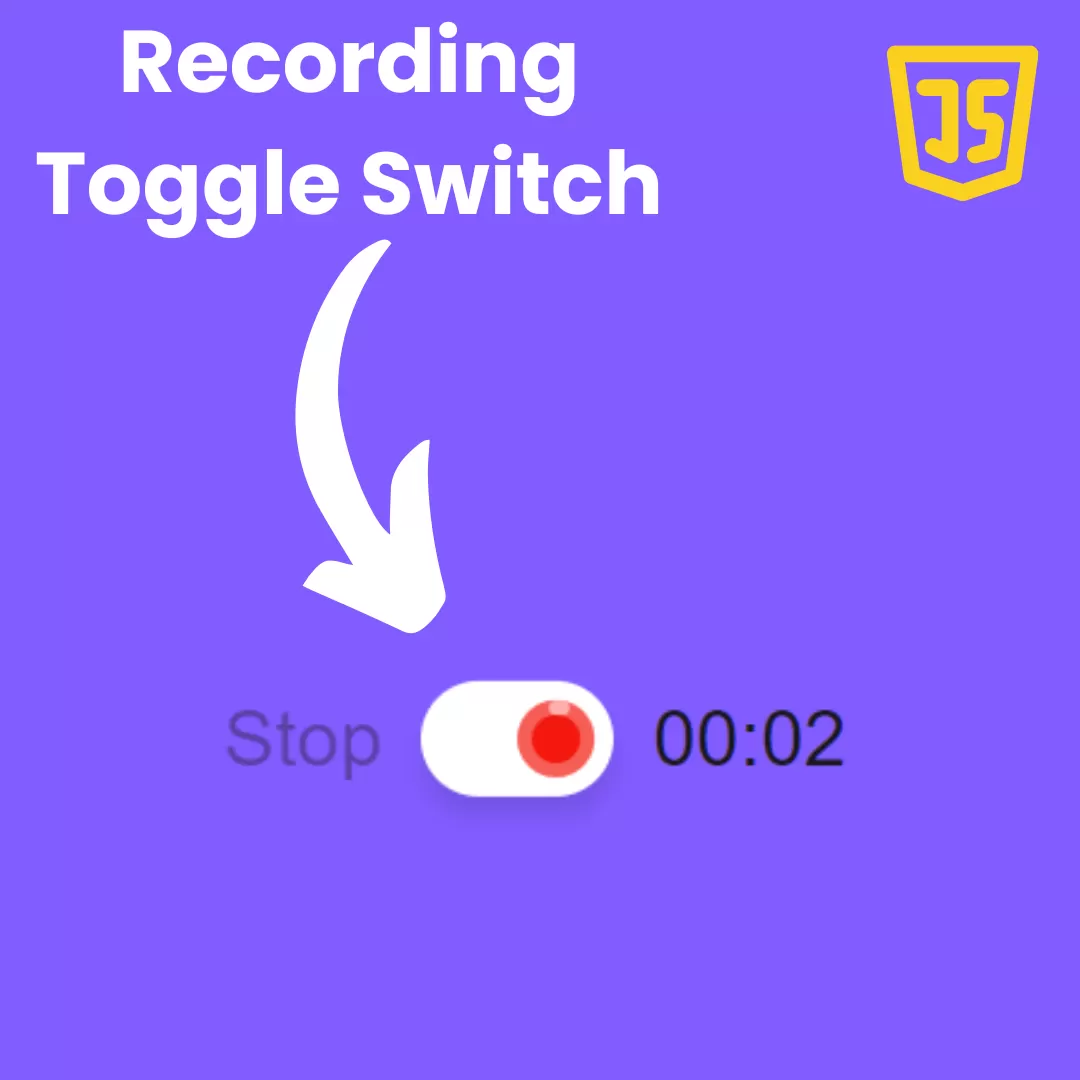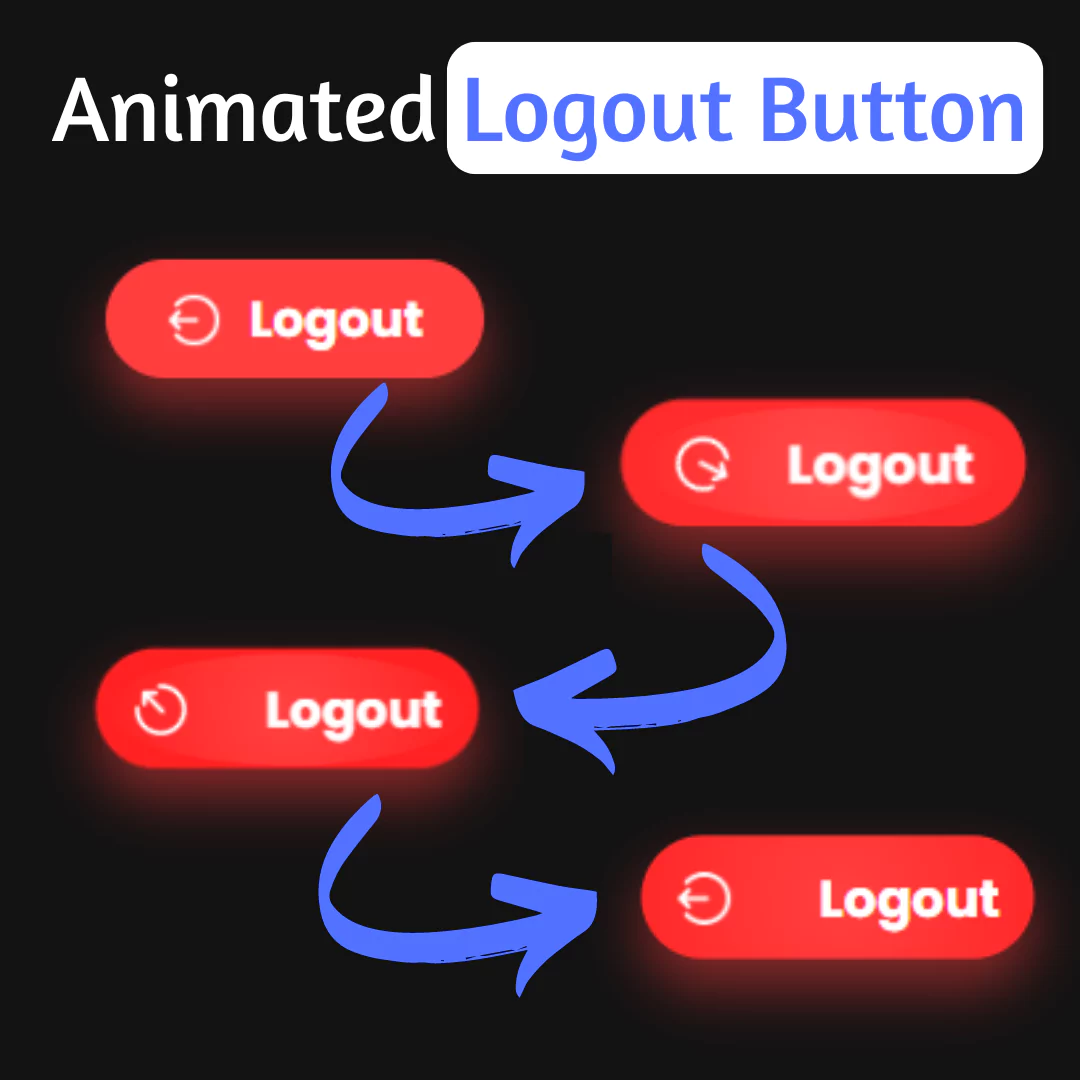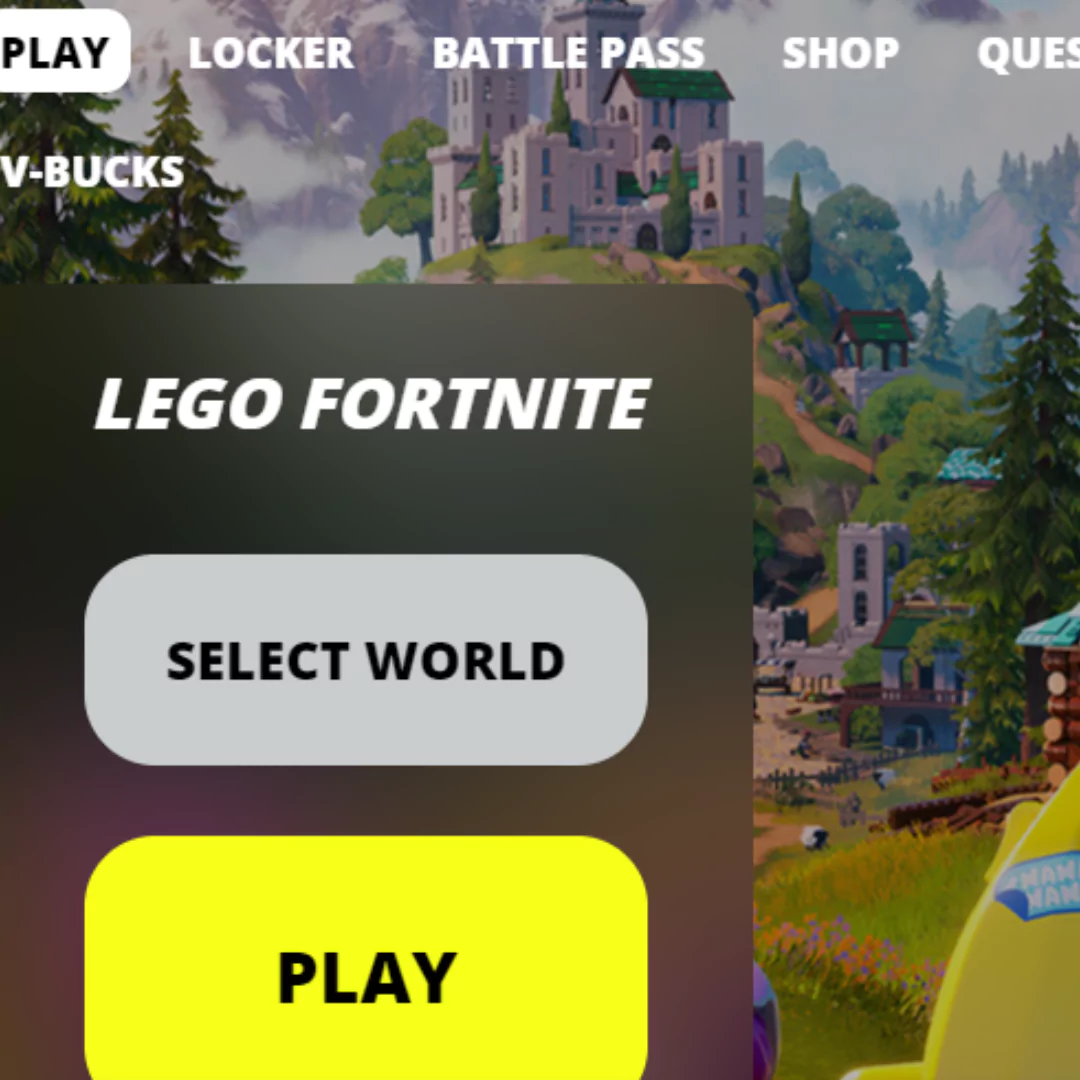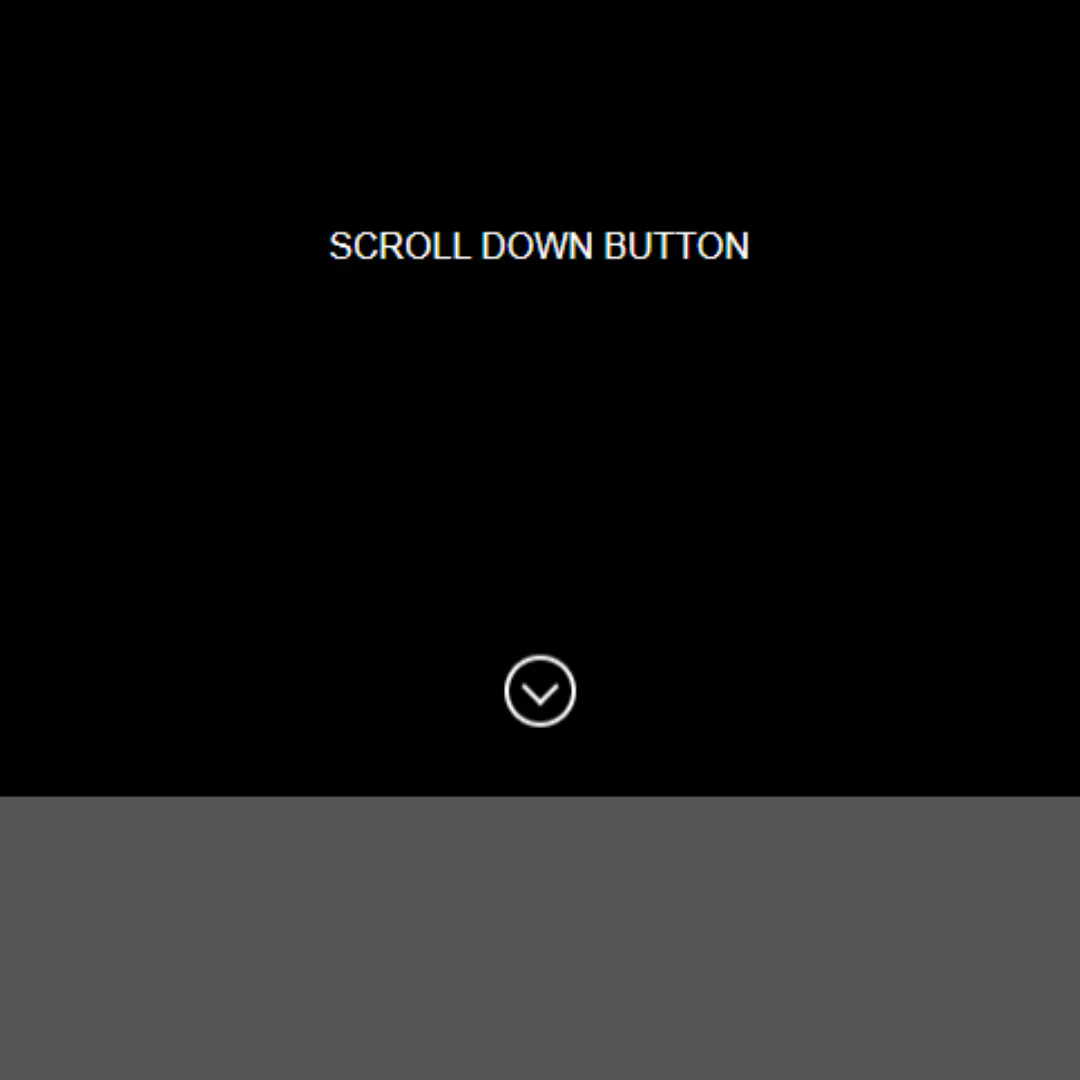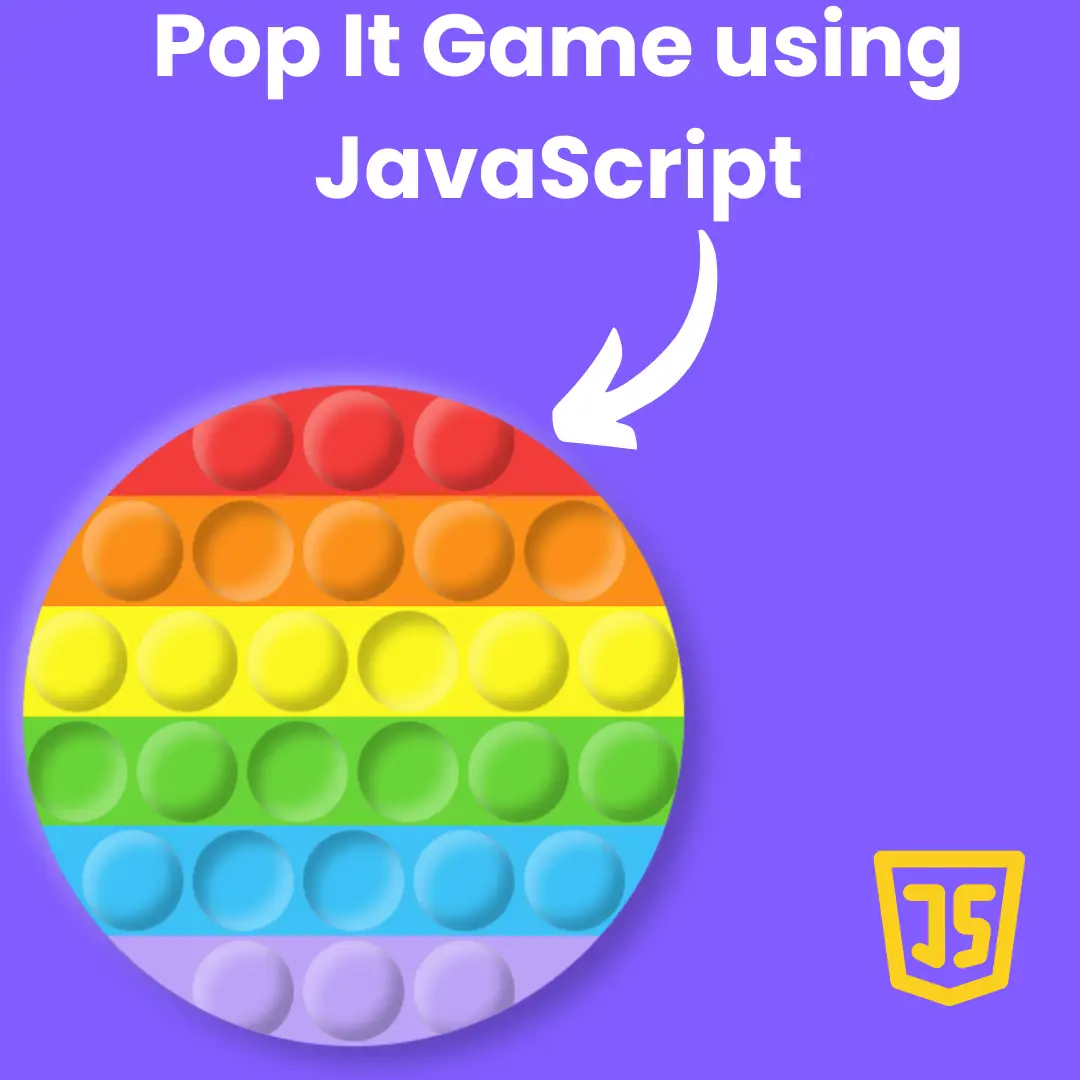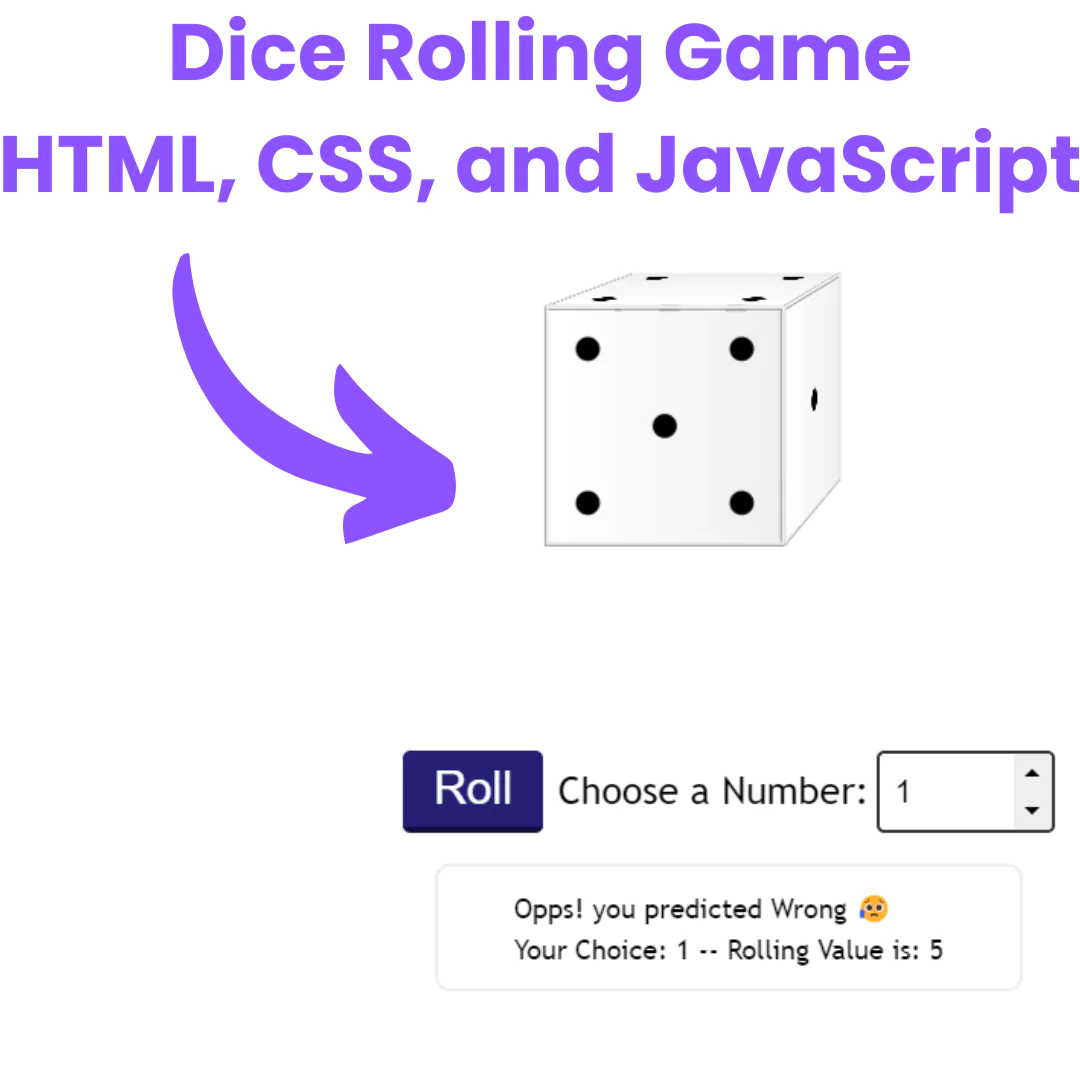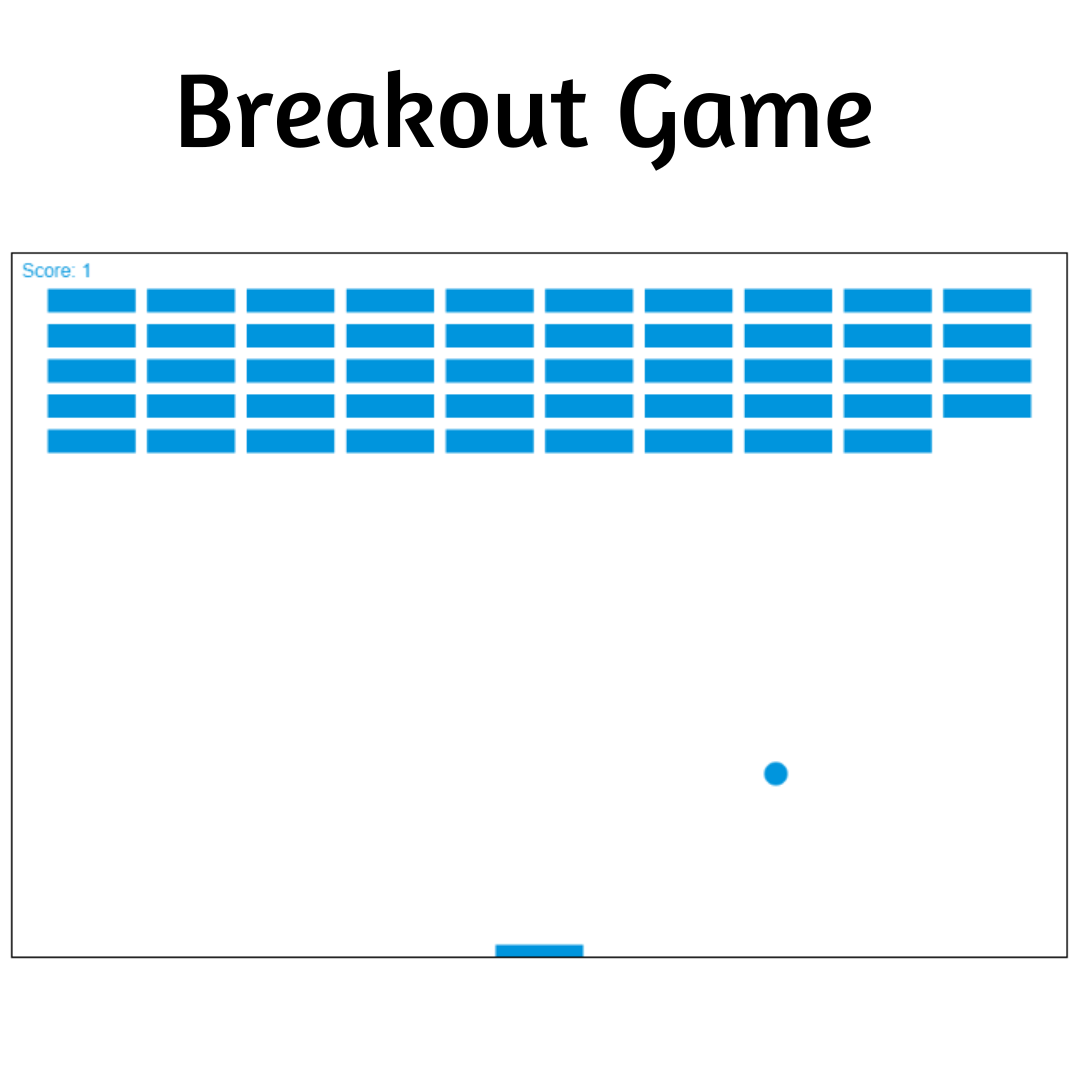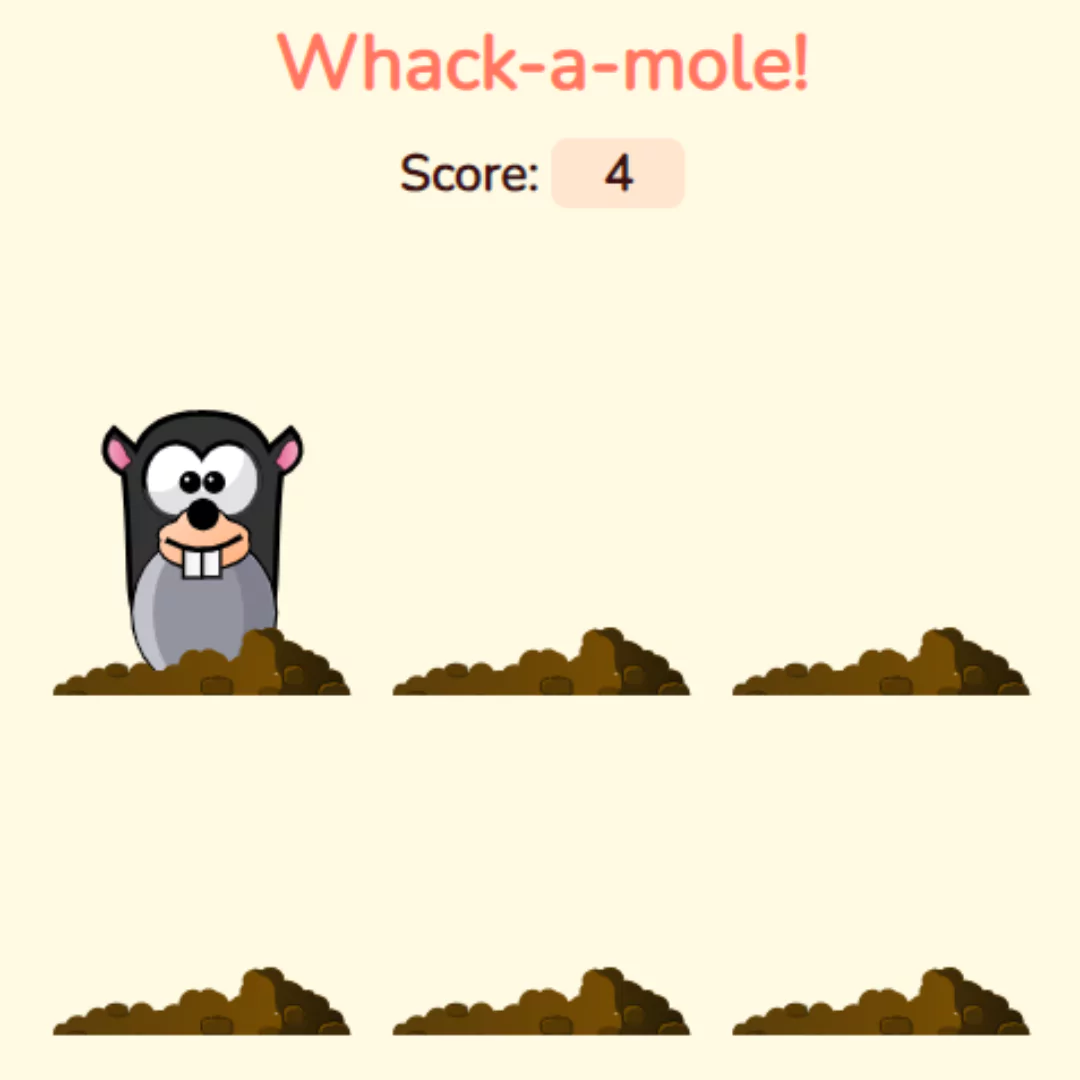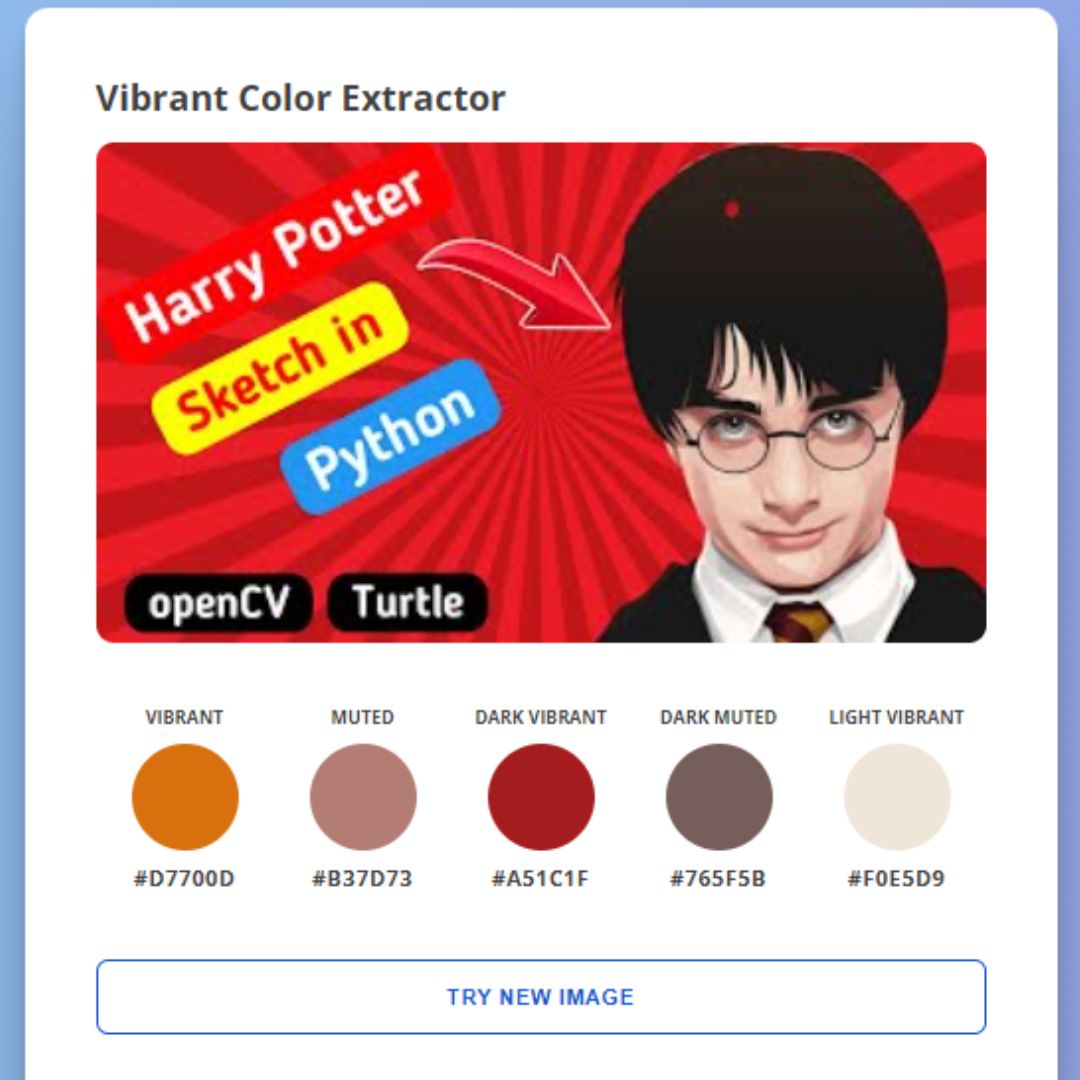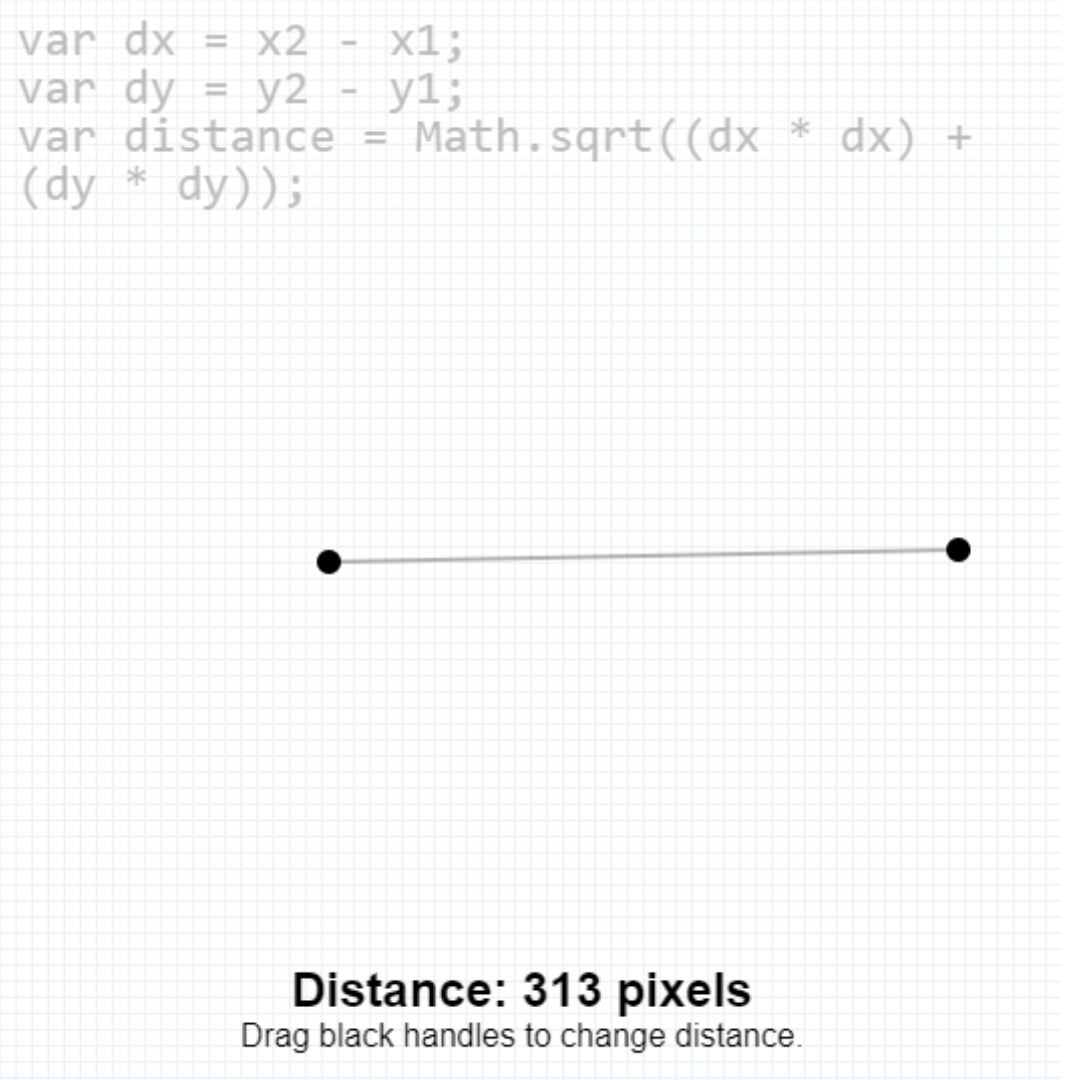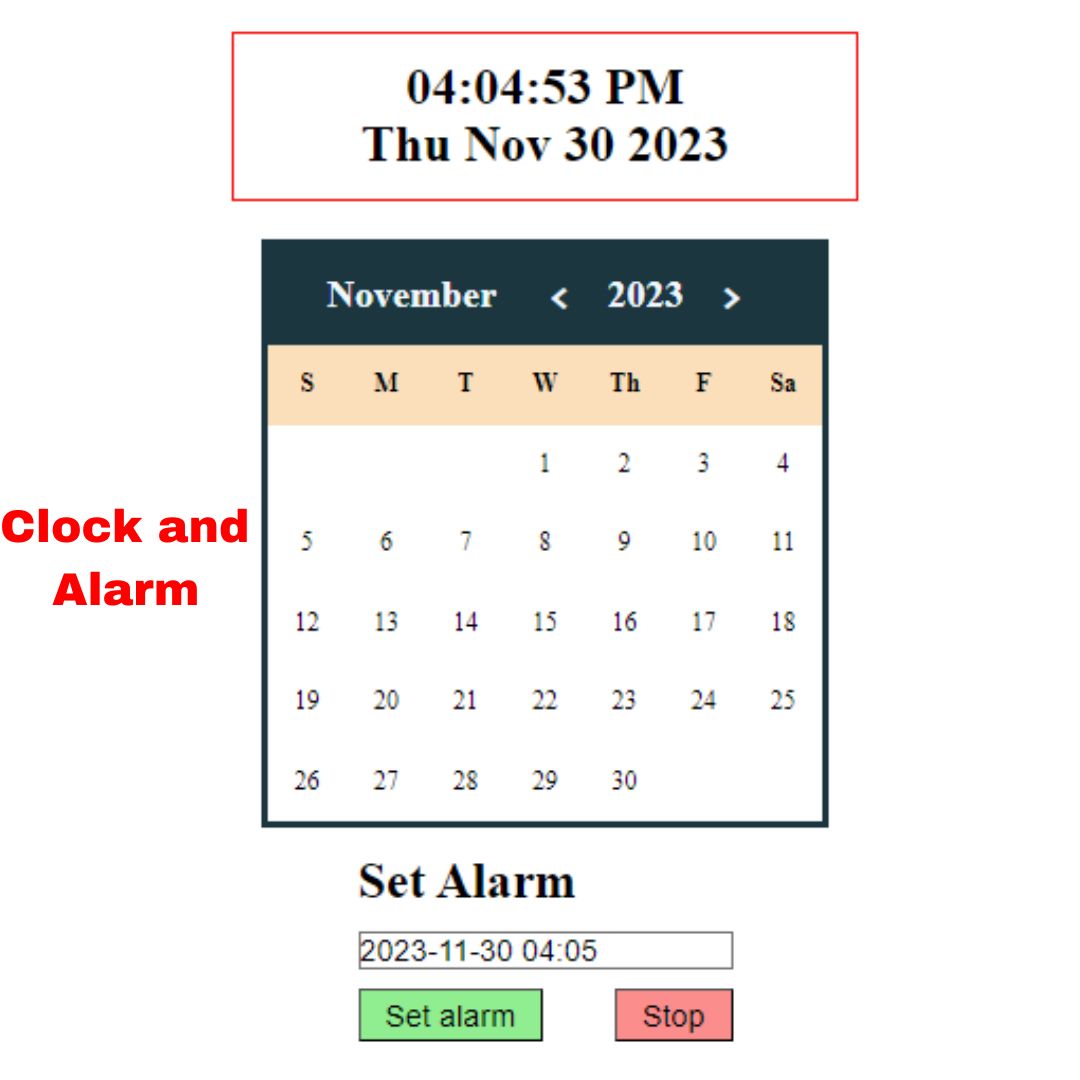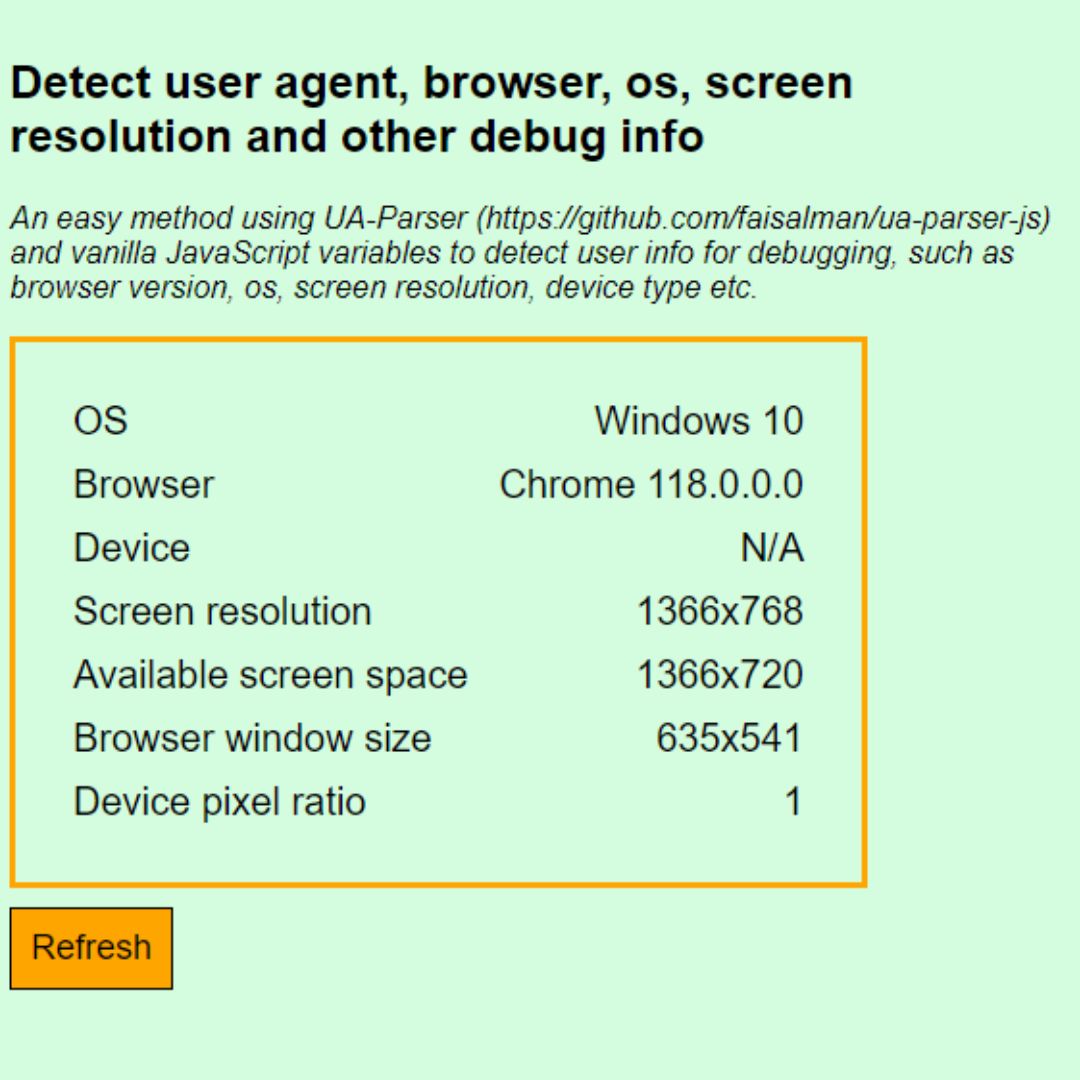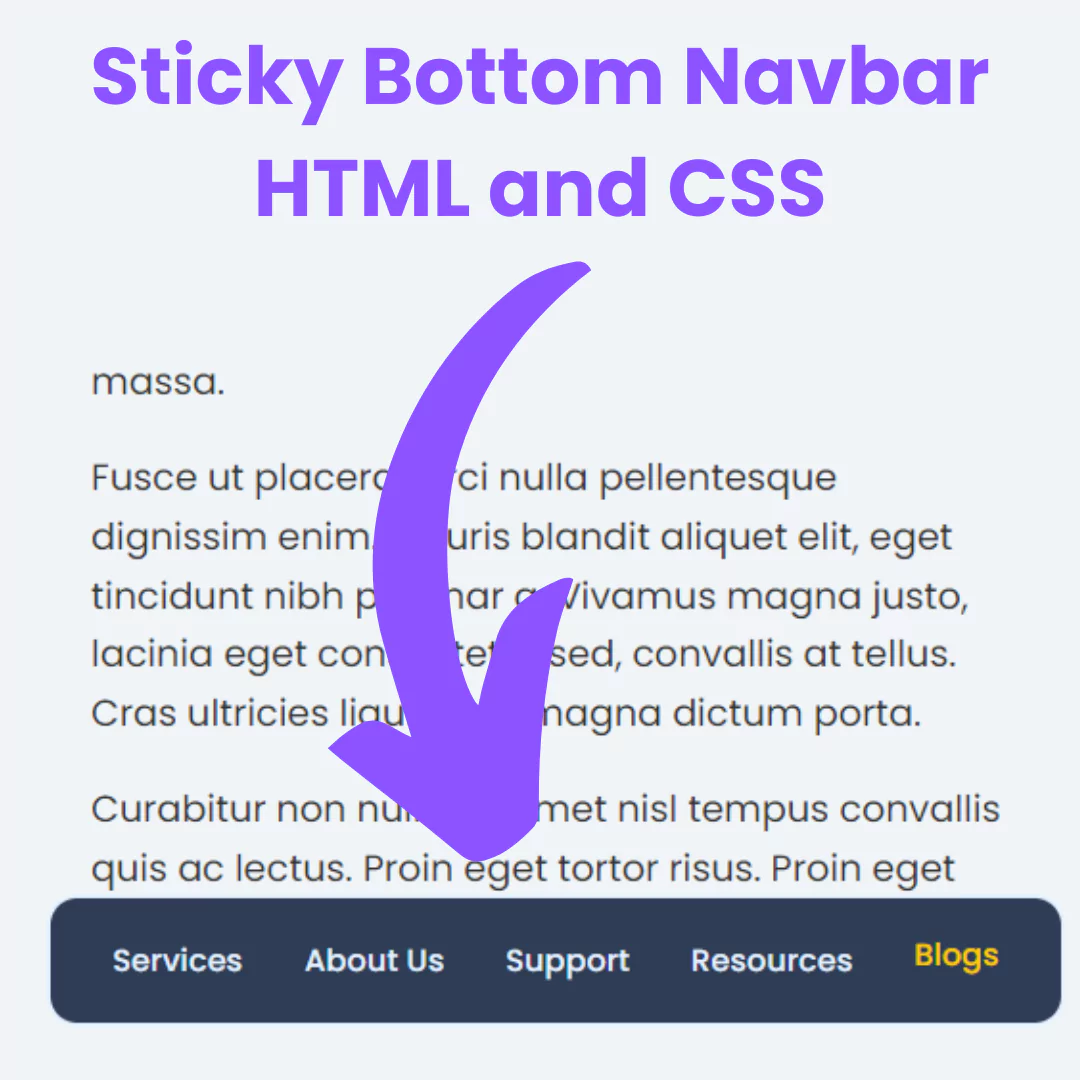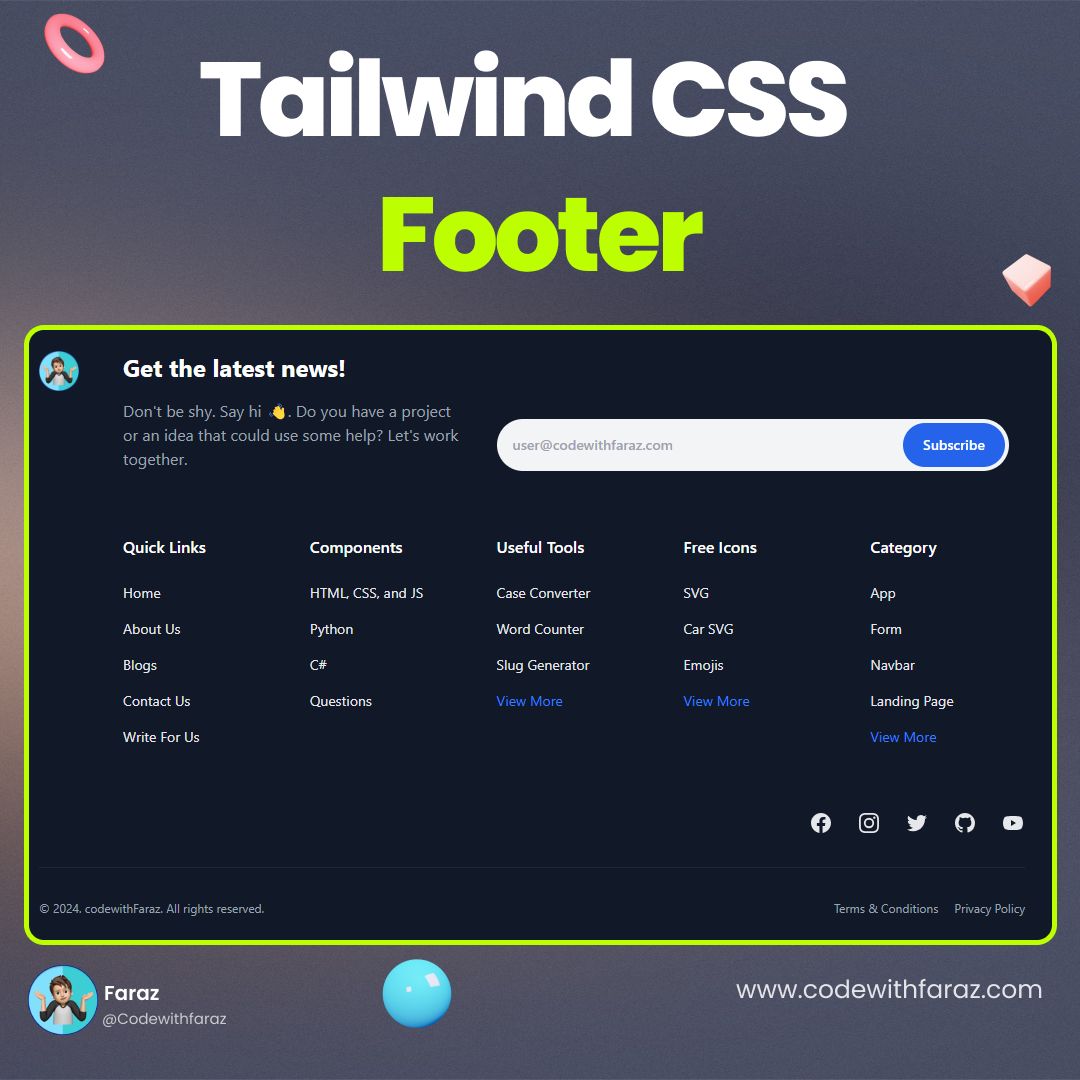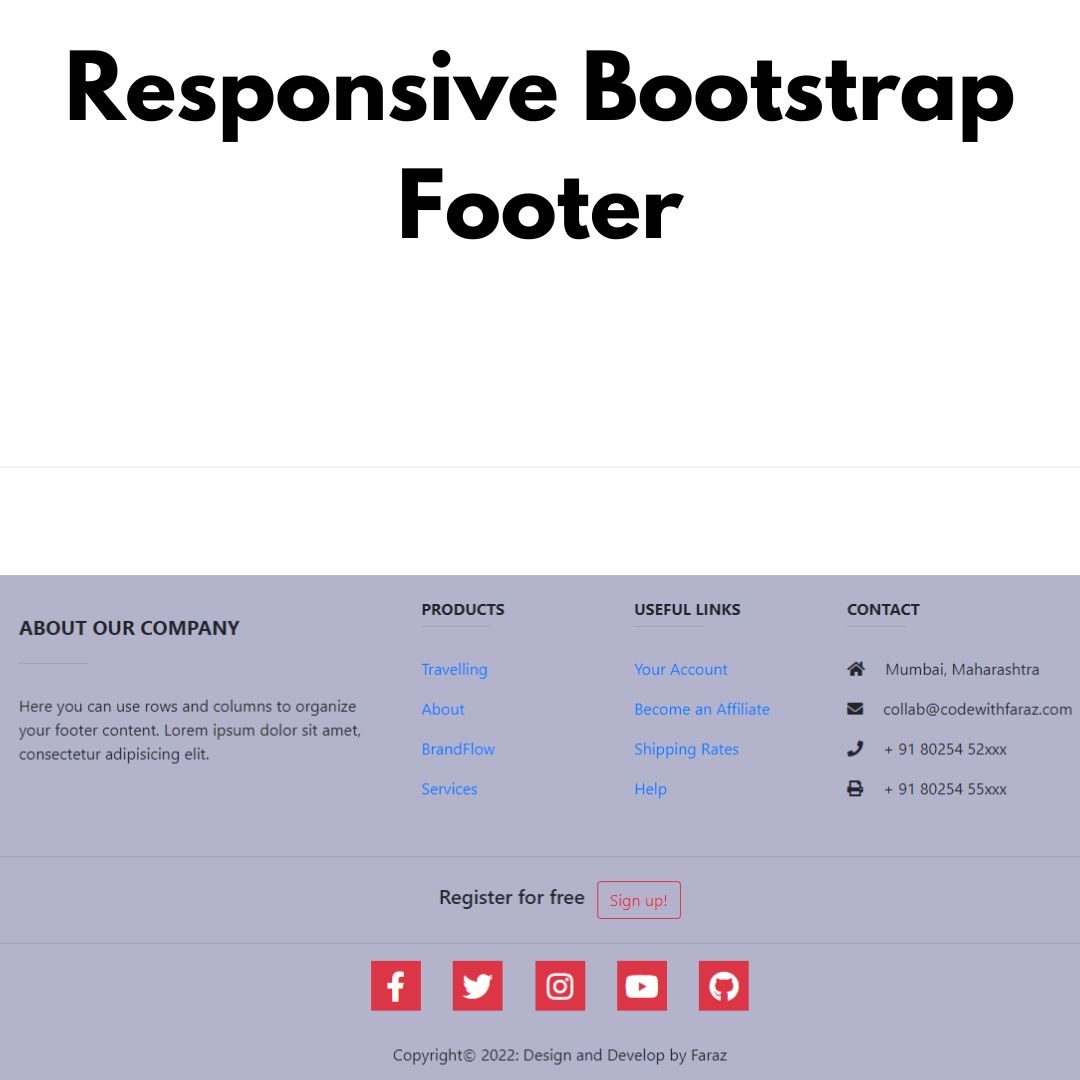Learn how to effectively use the table tag in HTML to structure and organize your web content. Discover the power of this versatile HTML element for better design and user experience.

If you're delving into the world of web development, understanding the <table> tag in HTML is a fundamental skill that can greatly enhance your ability to structure and organize data on your web pages. In this guide, we will take you through the ins and outs of mastering the <table> tag, empowering you to create visually appealing and well-organized content.
Table of Contents
- What is the Table Tag in HTML?
- The Anatomy of a Table
- Adding Headers to Your Table
- Adding a Footer Row
- Spanning Rows and Columns
- Adding the Caption to Your Table
- Formatting and Styling Tables
- Responsive Tables
- Best Practices for Using Tables
- Best Practices for SEO
- Conclusion
- Frequently Asked Questions (FAQs)
1. What is the Table Tag in HTML?
The table tag is at the heart of HTML's table structure. It consists of several sub-elements that work together to create a comprehensive table layout. Let's break down the essential components:
- <table>: This is the main container for the entire table. It holds all the rows and columns within.
- <thead>: This element contains the table's header content, typically including column headings.
- <tbody>: The table body contains the main content, organized into rows and columns.
- <tr>: Stands for "table row." It defines a row within the table.
- <th>: Represents a table header cell. It's used to define column or row headers.
- <td>: Denotes a regular table cell that holds data.
2. The Anatomy of a Table
Before we delve deeper, let's break down the basic structure of a table:
<table>
<tr>
<th>Header 1</th>
<th>Header 2</th>
<th>Header 3</th>
</tr>
<tr>
<td>Data 1</td>
<td>Data 2</td>
<td>Data 3</td>
</tr>
<!-- More rows... -->
</table>
Output:
| Header 1 | Header 2 | Header 3 |
|---|---|---|
| Data 1 | Data 2 | Data 3 |
In this example, <table> marks the beginning of the table, <tr> represents a row, <th> is used for header cells, and <td> denotes data cells. This hierarchical structure forms the basis of a table layout.
3. Adding Headers to Your Table
Headers provide context and meaning to the data presented within a table. By using the <thead> (table head) and <tbody> (table body) tags, you can separate header content from the main data. This separation enhances accessibility and allows for better styling options.
<table> <thead> <tr> <th>Product</th> <th>Price</th> </tr> </thead> <tbody> <tr> <td>Item 1</td> <td>$19.99</td> </tr> </tbody> </table>
Output:
| Product | Price |
|---|---|
| Item 1 | $19.99 |
4. Adding a Footer Row
To create a footer for your table, you can use the <tfoot> (table footer) element. Just as the <thead> (table head) separates header content, the <tfoot> element segregates footer content from the main body of the table. Inside the <tfoot> element, you can include one or more rows using the <tr> (table row) tag, and within those rows, use the <td> (table data) or <th> (table header) tags to define the cells.
<table> <thead> <tr> <th>Product</th> <th>Price</th> </tr> </thead> <tbody> <tr> <td>Item 1</td> <td>$19.99</td> </tr> <!-- Additional rows of data --> </tbody> <tfoot> <tr> <td>Total</td> <td>$249.99</td> </tr> </tfoot> </table>
Output:
| Product | Price |
|---|---|
| Item 1 | $19.99 |
| Total | $249.99 |
5. Spanning Rows and Columns
Sometimes, you may need a cell to span multiple rows or columns. This can be achieved using the rowspan and colspan attributes. For instance:
<table> <tr> <th>Product</th> <th colspan="2">Details</th> </tr> <tr> <td rowspan="2">Smartphone</td> <td>Color: Black</td> </tr> <tr> <td>Storage: 128GB</td> </tr> </table>
Output:
| Product | Details | |
|---|---|---|
| Smartphone | Color: Black | |
| Storage: 128GB | ||
6. Adding the Caption to Your Table
To add a caption to your HTML table, simply insert the <caption> element immediately after the opening <table> tag. Inside the <caption> element, you can provide concise and descriptive text that encapsulates the table's content. This text should be meaningful and informative, helping users quickly grasp the essence of the table.
<table> <caption>Monthly Sales Report</caption> <thead> <tr> <th>Month</th> <th>Sales Amount</th> </tr> </thead> <tbody> <tr> <td>January</td> <td>$10,000</td> </tr> <!-- Additional rows of data --> </tbody> </table>
Output:
| Month | Sales Amount |
|---|---|
| January | $10,000 |
7. Formatting and Styling Tables
CSS can greatly enhance the appearance of tables by controlling borders, spacing, colors, and more. You can target specific tables or elements within tables to apply styles. For instance:
table {
border-collapse: collapse;
width: 100%;
}
td, th {
border: 1px solid black;
padding: 8px;
}
tr:nth-child(even) {
background-color: #f2f2f2;
}
Output:
| Product | Price |
|---|---|
| Item 1 | $19.99 |
| Item 2 | $20.55 |
| Item 3 | $26.89 |
These CSS rules will create a consistent border and padding for all cells in your table.
8. Responsive Tables
In the era of mobile devices, it's crucial to ensure your tables are responsive. You can achieve this by using media queries and adjusting the table layout to fit smaller screens. Here's an example:
@media (max-width: 600px) {
td, th {
display: block;
width: 100%;
}
}
9. Best Practices for Using Tables
To make the most of the <table> tag, consider these best practices:
- Semantics Matter: Always use <th> for header cells and <td> for data cells. This not only improves accessibility but also helps search engines understand your content better.
- Mindful of Responsiveness: In an era of diverse devices, ensure your tables are responsive. Use CSS techniques like media queries to adapt the table's layout for different screen sizes.
- Limit Cell Content: Keep cell content concise. Long strings of text can disrupt the table's layout. Consider using tooltips for lengthy data.
- Use CSS for Styling: While the <table> tag offers basic styling options, leverage CSS to achieve a polished and consistent design. Apply colors, borders, and spacing through CSS rules.
10. Best Practices for SEO
To ensure your tables contribute positively to SEO, consider the following tips:
- Semantic Structure: Use appropriate header tags (<th>) and data cells (<td>) for better SEO and accessibility.
- Descriptive Labels: Provide meaningful and descriptive headers to help search engines understand your table content.
- Concise Content: Keep your table content concise and relevant, avoiding excessive use of cells or rows.
- Mobile-Friendly: Implement responsive design to make your tables look and work well on various screen sizes.
11. Conclusion
Mastering the <table> tag in HTML opens doors to dynamic and visually appealing data presentation on your web pages. By adhering to best practices and employing CSS for styling, you can create tables that are both informative and aesthetically pleasing. Remember, the key lies in striking the balance between function and design to deliver an exceptional user experience.
To sum up, the <table> tag is a cornerstone of web development that empowers you to organize, structure, and present data effectively. With its versatile features and compatibility across browsers, the <table> tag is an invaluable asset in your coding toolkit. As you continue your journey in web development, make sure to embrace the power of the <table> tag and unlock new dimensions of content presentation.
12. Frequently Asked Questions (FAQs)
1. Why should I use HTML tables instead of other layout options?
HTML tables are best suited for displaying tabular data. If your content requires structured organization, tables provide an efficient solution.
2. Can I apply different styles to individual cells within a table?
Yes, you can apply unique styles to specific cells using CSS classes or inline styles.
3. Do tables affect my website's SEO?
When used appropriately, tables can enhance SEO by providing well-structured content. However, overusing tables for layout can have negative implications.
4. Are there any JavaScript libraries to make tables interactive?
Yes, DataTables is a popular library for creating feature-rich and interactive tables.
5. How do I ensure my tables are accessible to all users?
Use semantic markup, provide alternative text, and implement ARIA attributes to ensure accessibility for users with disabilities.
That’s a wrap!
Thank you for taking the time to read this article! I hope you found it informative and enjoyable. If you did, please consider sharing it with your friends and followers. Your support helps me continue creating content like this.
Stay updated with our latest content by signing up for our email newsletter! Be the first to know about new articles and exciting updates directly in your inbox. Don't miss out—subscribe today!
If you'd like to support my work directly, you can buy me a coffee . Your generosity is greatly appreciated and helps me keep bringing you high-quality articles.
Thanks!
Faraz 😊


